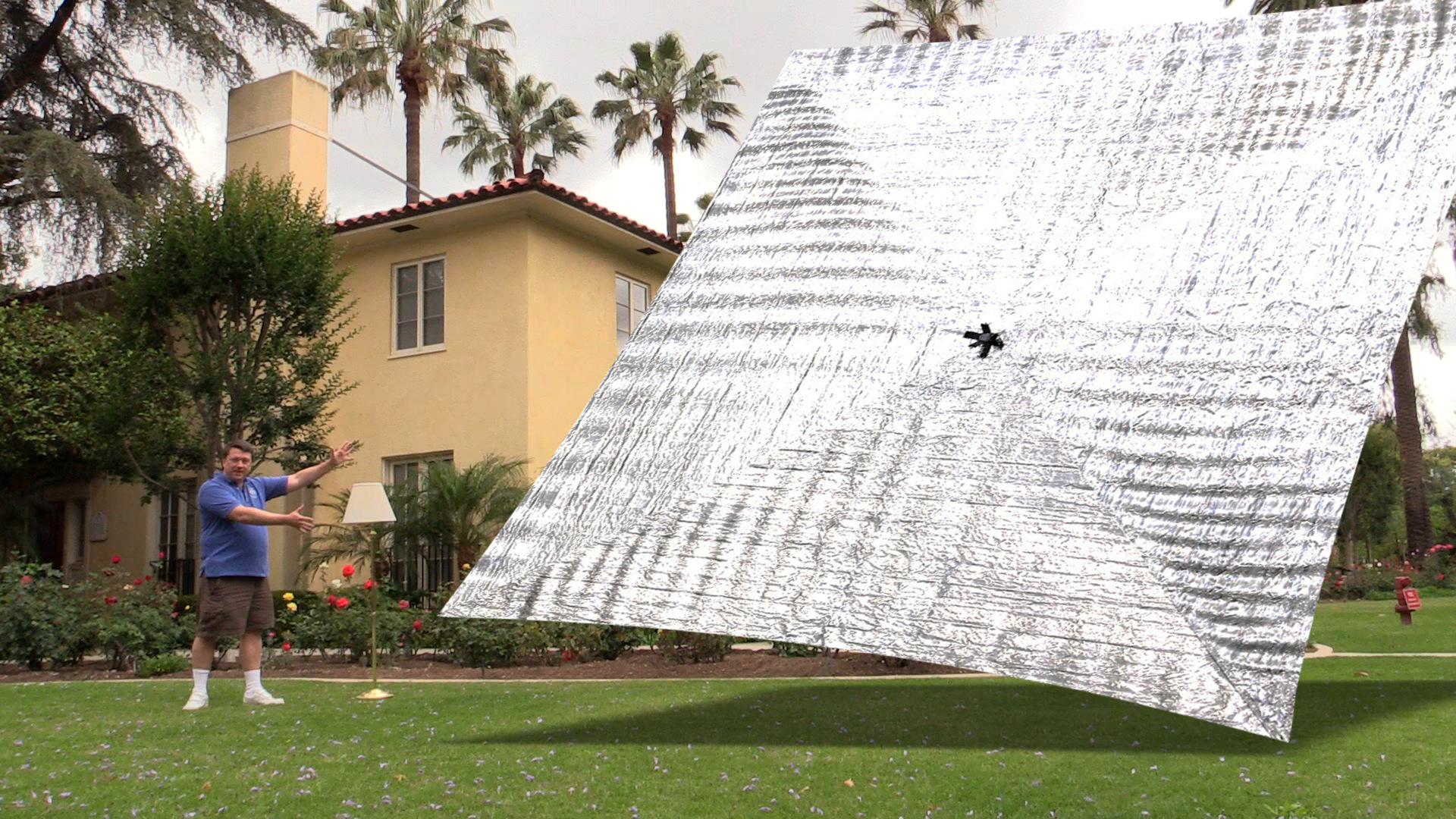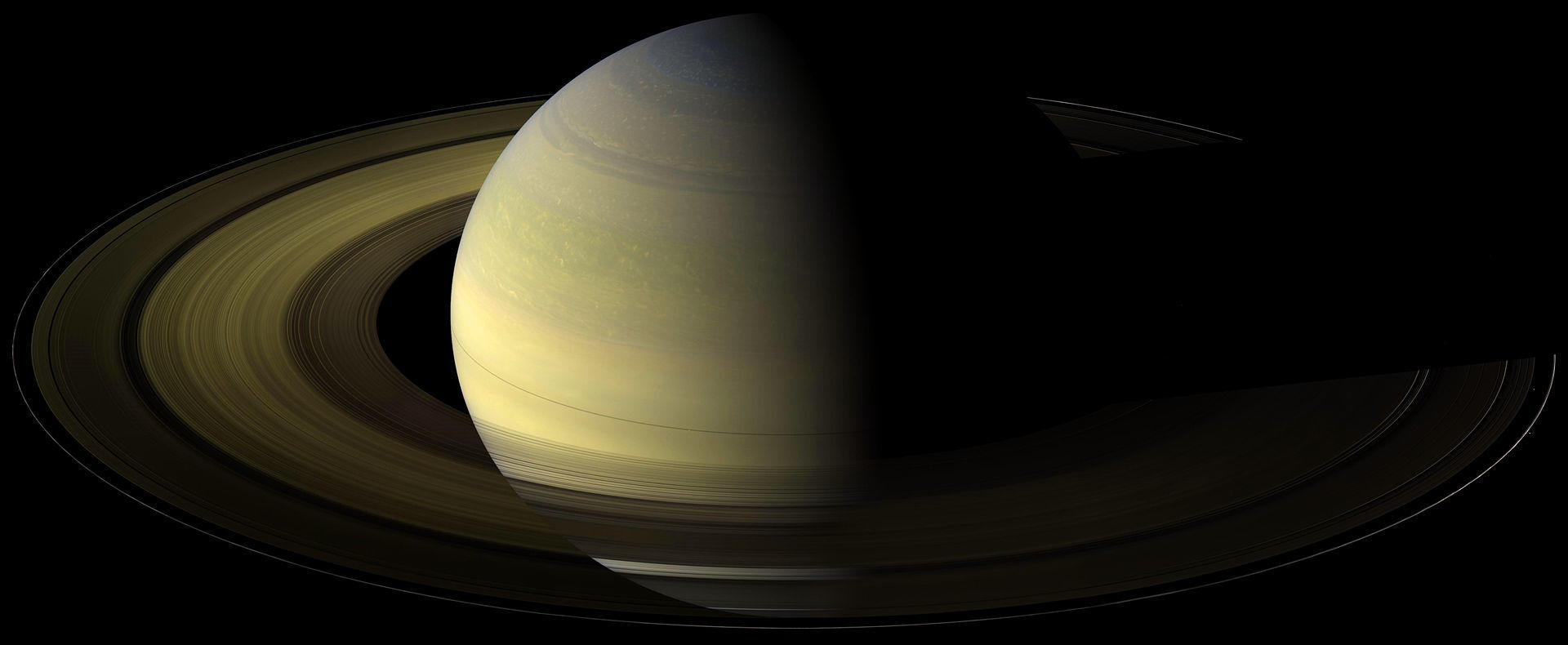musk is doing things america can't do
mainly cuz we lack the political will
Falcon Heavy enabler for Dragon solar system explorer | NASASpaceFlight.com
mainly cuz we lack the political will
SpaceX head Elon Musk has revealed plans to utilize the Falcon Heavy and Dragon 2 vehicles for science missions throughout the solar system. Citing Dragon 2’s capability as a “science delivery platform”, Mr. Musk claimed the crew-capable spacecraft could also be tasked with landing scientific payloads at destinations ranging from the Moon and Mars – and even as far afield as Europa.
Dragon 2 – from Pad Abort to Solar System Adventures:
Mr. Musk, speaking after the Dragon 2 vehicle successfully conducted a Pad Abort test under the NASA Commercial Crew Program milestones, has big plans for his spacecraft.
Dragon 2 (revealed as the Dragon “V2″) is the crew variant of the cargo Dragon spacecraft that is currently enjoying numerous successful resupply runs to the International Space Station
“It’s the first time since the Apollo era that an American spacecraft will have a launch abort capability and moreover this will be the first spacecraft that will be able to conduct an abort all the way to orbit,” added Mr. Musk.
Because the abort system is embedded into the vehicle, as opposed to being discarded during ascent like the traditional tractor LAS, a nominal Dragon mission will allow the spacecraft to utilize the SuperDraco engines for propulsive landings.
“Dragon also has the ability to use those same engines to land propulsively, because if the propellant is not used for an abort, then it is available to be used for landings,” Mr. Musk said.
Such propulsive landings will be tested via the Dragonfly test program at SpaceX’s McGregor test site in Texas, before being promoted for use on real-life Dragon 2 missions.
Parachutes will be initially used on Dragon 2 returns and will remain onboard as an emergency backup throughout the vehicle’s crew transportation career.
The use of the SuperDracos during propulsive landings at the conclusion of missions is part of SpaceX’s reusability aspirations that are currently being tested with the Falcon 9 v1.1 first stage, with the goal of returning hardware to terra firma for reuse.
However, Mr. Musk expanded on plans to utilize the SuperDracos for use during landings on the surfaces of other planets.
Previously, comments surrounding the “Red Dragon” showed a Dragon spacecraft conducting propulsive landings on Mars. Mr. Musk has now claimed Dragon 2 has a much greater reach, thanks to the increased performance of the Falcon Heavy rocket that will soon come online.
“Dragon 2 is capable of transporting scientific payloads to anywhere in the solar system, with a liquid or solid surface, with or without an atmosphere. So Dragon is really a crew transport and science delivery platform,” he added.
2015-05-11-153742“When boosted on a Falcon Heavy, Dragon can go pretty much anywhere, so we’re excited about exploring that possibility.”
Utilizing Falcon Heavy, Mr. Musk stated that Dragon will be capable of transporting two to four tons of payload to the surface of the Red Planet, with varying options for other destinations.
“With Dragon launched on a Falcon Heavy, it can go pretty much anywhere in the solar system, because that’s a heck of a big rocket,” he continued.
“Dragon, with the heat shield, parachutes and propulsive landing capability, is able to land on a planet that has higher entry heating, like Mars. It can also land on the Moon, or potentially conduct a Europa mission.
Falcon Heavy enabler for Dragon solar system explorer | NASASpaceFlight.com



 s here.
s here.
